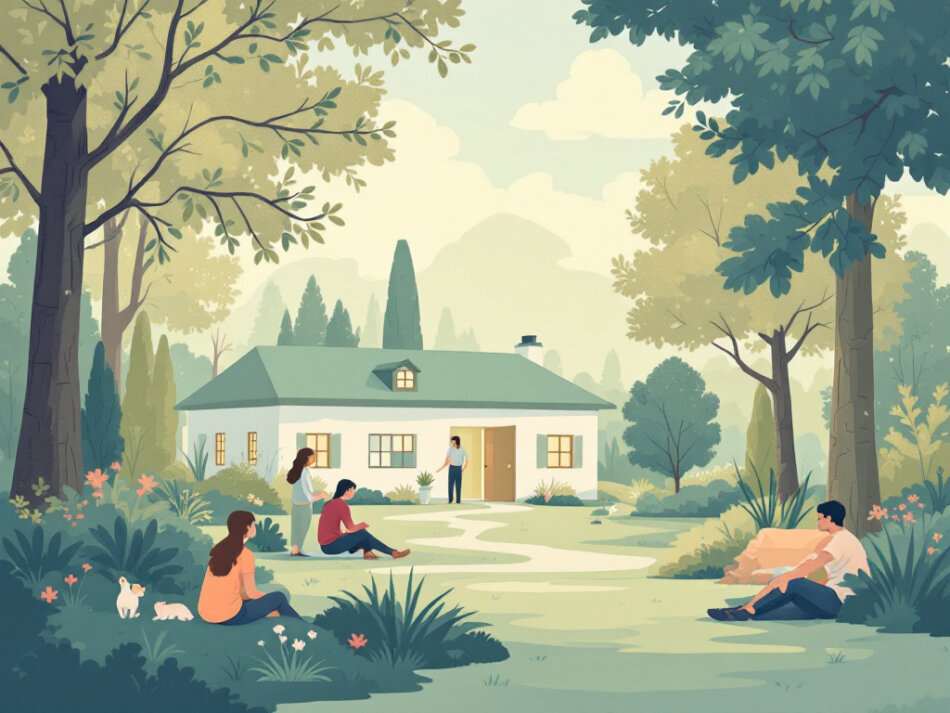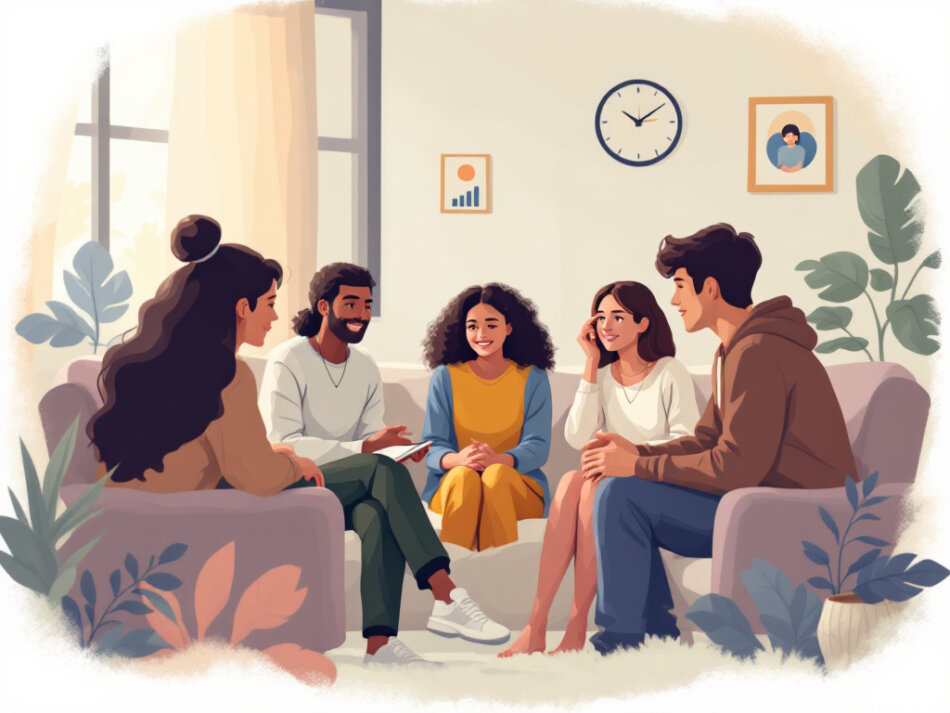Introduction
If your teen is navigating intense emotions, therapeutic recreation for teens with emotional challenges can offer a powerful path to healing. By weaving structured leisure activities such as sports, arts and crafts, and outdoor adventures into a treatment plan, recreational therapy helps your teen build emotional regulation, confidence, and communication skills. These programs often work alongside clinical approaches like cognitive behavioral therapy or DBT, and many accept insurance to ease your financial concerns. In this article, you’ll learn how therapeutic recreation supports teens’ mental health, explore specific activities backed by research, and discover practical steps to find the right program for your family.
Understanding therapeutic recreation
Therapeutic recreation, also called recreational therapy, uses purposeful leisure activities to promote emotional, social, cognitive, physical, and spiritual well-being for adolescents facing mental health challenges. Certified Therapeutic Recreation Specialists (CTRS) design individualized sessions to meet goals such as reducing anxiety, improving self-esteem, or teaching social skills (Ascend Healthcare). Unlike experiential therapy, which follows a looser framework, recreational therapy is administered by CTRSs who track progress and adapt activities based on clinical objectives.
By introducing nonverbal and hands-on approaches, therapeutic recreation often engages teens who struggle in traditional talk therapy settings. If your teen has difficulty naming feelings or opening up in a counseling room, combining talk therapy with expressive outlets can make treatment more engaging and effective. Explore more on therapy for teens who struggle to express emotions.
Recreational therapy activities
Recreational therapy spans five core domains, each targeting specific treatment goals such as stress reduction, socialization, or mood enhancement (Ascend Healthcare). The table below summarizes common activity types and their primary aims:
| Activity type | Examples | Goals |
|---|---|---|
| Sports & games | Basketball, team challenges | Teamwork, stress relief |
| Arts & crafts | Painting, sculpting | Emotional expression, self-awareness |
| Equine interactions | Riding, grooming | Confidence, autonomy |
| Mindfulness exercises | Yoga, guided breathing | Anxiety reduction, focus |
| Nature-based experiences | Hiking, gardening | Mood improvement, social connection |
In addition to these core domains, therapists often use ice-breaker and group games to foster trust and communication. Activities such as “Coping Skills Bingo,” “Worry Journal,” and “Letter to Yourself” help teens explore coping strategies and express emotions in writing (Mental Health Center Kids). Collaborative challenges like “Two Truths and a Lie” or the “Human Knot” build teamwork and break down social barriers (Theraplanform). By rotating these modules, CTRSs keep sessions fresh and tailor exercises to your teen’s evolving needs.
Physical activity benefits
Regular physical activity is more than a hobby—it’s a noninvasive intervention that supports mental health in adolescents. A longitudinal study of 294 teens aged 12 to 17 found that those who engaged in more physical activity during the early months of the COVID-19 pandemic reported higher self-esteem, which in turn predicted lower levels of psychological distress six months later [1]. During summer 2020, participants averaged just 4.2 hours of activity per week—well below the World Health Organization’s recommended seven hours—highlighting a critical gap in support.
Key benefits of physical recreation include:
- Boosted self-esteem through skill mastery and goal achievement
- Reduced symptoms of depression and anxiety via endorphin release
- Enhanced social skills from team sports and cooperative challenges
- Improved stress management through structured movement
Encouraging your teen to join sports leagues, martial arts classes, or dance workshops within a therapeutic framework can lay the groundwork for lasting resilience.
Creative arts therapy
Creative arts therapy harnesses visual and performing arts to facilitate nonverbal expression of complex feelings. Whether it’s painting emotions on canvas or sculpting stress into a tangible form, these modalities foster insight and growth. According to White River Academy, arts activities promote self-awareness, reduce anxiety, and boost self-esteem by allowing teens to externalize and reframe inner experiences.
Benefits of creative arts therapy:
- Safe outlet for processing trauma and frustration
- Development of problem-solving skills through artistic challenges
- Increased emotional vocabulary by translating feelings into imagery
- Encouragement of positive self-image as teens see their artwork evolve
If your teen shows an affinity for music or visual art, consider programs that blend art with clinical guidance, such as art and music therapy for teens or therapy for teen trauma through art and movement.
Mindfulness and nature therapy
Mindfulness exercises and nature-based experiences go hand in hand to ground teens in the present moment and foster emotional balance. Deep breathing, body scanning, and heart-focused techniques help regulate the nervous system and curb cortisol levels during stressful moments. Studies on HeartMath mindfulness interventions demonstrate immediate reductions in stress markers and improvements in heart-rate variability for adolescents with ASD [2].
Nature-oriented approaches such as wilderness therapy, gardening, or animal-assisted activities reduce anxiety and depression while enhancing peer support and communication (White River Academy). If you’re curious about combining mindfulness with outdoor adventure, explore mindfulness and yoga therapy for teenagers or dive deeper into outdoor therapy and adventure programs for teens.
Combining with clinical therapy
Therapeutic recreation shines when it complements evidence-based clinical approaches. By pairing CTRS-led activities with licensed mental health professionals, programs address both the behavioral patterns underlying emotional challenges and the skills needed for daily resilience. For instance, art sessions can reinforce coping strategies learned in cognitive behavioral therapy, while outdoor challenges can model distress tolerance techniques from DBT.
Many holistic programs integrate recreational modules within broader treatment frameworks referred to as holistic mental health program for teens. If your teen is already in clinical care, ask providers how recreational therapy can be woven into the existing plan or check out experiential dbt and mindfulness for adolescents for targeted options.
Understanding insurance coverage
Most therapeutic recreation services are covered under mental health or rehabilitative therapy benefits, but coverage varies by plan. To verify your benefits:
- Review your policy’s outpatient therapy and habilitative therapy sections
- Contact your insurance provider to confirm CTRS credential recognition
- Ask prospective programs if they participate in your network or offer sliding-scale fees
- Compare options through resources like teen holistic therapy that accepts insurance or experiential therapy that accepts insurance
Securing coverage upfront ensures your teen can engage consistently without unexpected costs.
Selecting a therapy program
Choosing the right therapeutic recreation program hinges on your teen’s interests, goals, and logistical needs. Follow these steps:
- Identify your teen’s strengths and challenges, whether social anxiety, emotion regulation, or low self-esteem
- Consult with a mental health professional about how recreation can supplement existing therapy
- Check that CTRSs hold certification and that the facility meets accreditation standards
- Tour facilities or observe a session to gauge staff-teen rapport and safety protocols
- Confirm scheduling flexibility and proximity to home or school
- Review insurance coverage and out-of-pocket costs before enrolling
Consider resources focused on specific modalities to tailor your search. If your teen loves horseback riding, explore equine therapy for adolescents. If creativity drives them, look into therapy for teen trauma through art and movement or art and music therapy for teens. Outdoor enthusiasts may thrive in adventure therapy for teen recovery or residential therapy with holistic programming for teens.
By understanding the scope of therapeutic recreation and matching activities to your teen’s needs, you can support their journey toward emotional stability and self-confidence. Begin the search today to help your teen harness the healing power of play, creativity, and nature in their mental health journey.











